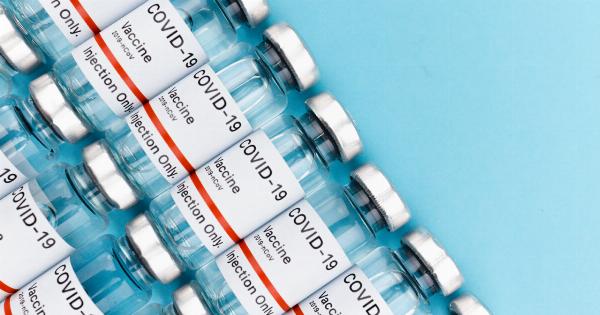A groundbreaking new study has shed light on the fascinating process of gene regulation in stem cells. Scientists have long been intrigued by the ability of stem cells to develop into different types of cells in the body.
This remarkable feat is made possible by the highly complex and tightly controlled mechanism of gene expression. The findings of this research provide valuable insights into how genes are turned off in stem cells, paving the way for potential applications in regenerative medicine, disease modeling, and drug discovery.
The Intricacies of Gene Regulation
Gene regulation is the process by which genes are turned on or off, controlling the production of proteins necessary for various cellular functions.
Stem cells, with their unique ability to differentiate into different cell types, require a finely tuned system of gene regulation to ensure proper development and maintenance of tissues in the body.
Until now, scientists have had a limited understanding of the specific mechanisms involved in turning genes off in stem cells.
However, the recent study, led by a team of renowned researchers in the field, used cutting-edge techniques to unravel this intricate process.
Unraveling the Mystery
Using advanced genomic technologies, the scientists examined stem cells at various stages of development. They identified a key regulatory protein that binds to specific regions of the DNA, effectively turning off the genes in those regions.
This protein, named GRO (Gene Repressor of Stem Cells), was found to play a crucial role in controlling gene expression in stem cells.
Further analysis revealed that GRO interacts with a network of other proteins and regulatory molecules, forming a complex regulatory circuitry. This circuitry acts as a molecular switch, silencing genes in stem cells when needed.
The scientists also discovered that GRO silences genes by modifying the structure of the DNA, preventing the expression of certain genes and allowing others to be activated.
Implications for Regenerative Medicine
The findings of this study have significant implications for the field of regenerative medicine.
Stem cell-based therapies hold immense promise for treating a wide range of diseases and conditions, including neurodegenerative disorders, cardiovascular diseases, and tissue injuries. However, harnessing the potential of stem cells requires a thorough understanding of the underlying mechanisms governing their behavior.
By unraveling the intricacies of gene regulation in stem cells, scientists are now better equipped to manipulate and control stem cell behavior.
This newfound knowledge could potentially be leveraged to enhance the efficiency and safety of stem cell therapies. It could also pave the way for the development of novel regenerative approaches, allowing scientists to harness the regenerative properties of stem cells to repair and replace damaged tissues.
Disease Modeling and Drug Discovery
Another area where this research could have a significant impact is in disease modeling and drug discovery. Stem cells have the potential to serve as powerful tools for studying disease mechanisms and screening potential drug candidates.
By reprogramming adult cells into induced pluripotent stem cells (iPSCs), scientists can generate disease-specific cell lines that mimic the characteristics of various diseases.
Understanding how genes are turned off in stem cells is crucial for accurately modeling diseases in the lab.
This knowledge allows scientists to recreate disease conditions by maintaining the genes responsible for the disease in the “off” state. With more accurate disease models, scientists can gain deeper insights into disease pathology and develop more effective drug screening platforms.
In addition, the discovery of GRO as a key player in gene regulation opens up new avenues for drug discovery. Targeting GRO or its associated regulatory molecules could provide novel therapeutic strategies for a range of diseases.
The ability to turn off specific genes involved in disease processes could revolutionize the way we approach treatment and lead to the development of highly targeted therapies.
Future Directions
The new study offering insights into how scientists turn off genes in stem cells opens up a plethora of possibilities for future research.
Building on these findings, researchers can now delve deeper into the complex network of regulatory molecules and mechanisms involved in gene regulation.
Further investigations into the various stages of stem cell development may reveal additional players and regulatory factors that contribute to the fine-tuning of gene expression.
Understanding these intricate mechanisms will be fundamental for advancing our knowledge of stem cell biology and unlocking their full therapeutic potential.
Moreover, the application of these findings could extend beyond stem cells. The mechanisms of gene regulation discovered in this study may have broader implications for gene therapy, cancer research, and other related fields.
Conclusion
The new study on gene regulation in stem cells represents a significant breakthrough in our understanding of how genes are turned off in these remarkable cells.
By uncovering the role of GRO and its associated regulatory circuitry, scientists have illuminated the intricacies of gene expression control in stem cells.
With applications in regenerative medicine, disease modeling, and drug discovery, this research has paved the way for exciting developments in the field.
The ability to manipulate gene expression in stem cells has the potential to revolutionize healthcare by offering more effective and targeted treatment strategies.




























